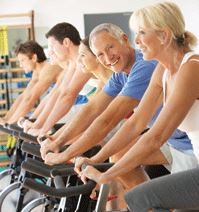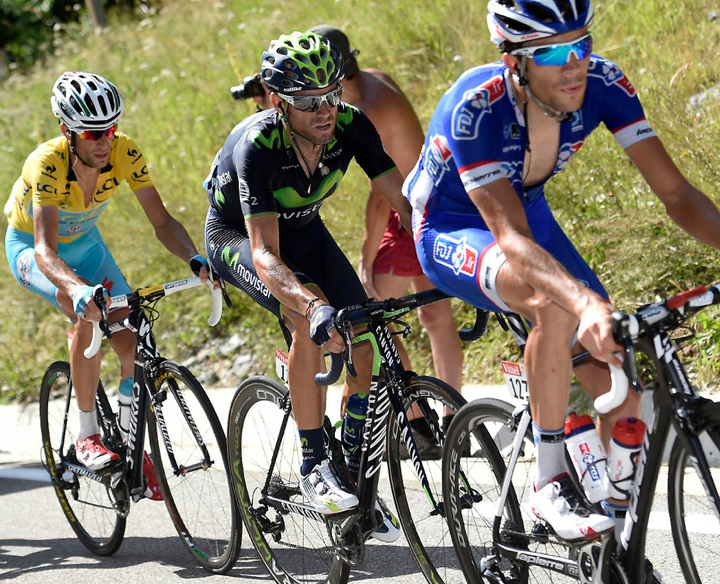Ask the Expert: To Jump or Not to Jump
Jumps can be controversial. They are a big part of the curriculum of some indoor cycling programs; others avoid them or list them as contraindicated. What’s my take? I say “it depends!” Let’s look at three ways jumps should NOT be taught and four different ways to teach them in the most effective manner, from most to least cycling specific. Read more…









